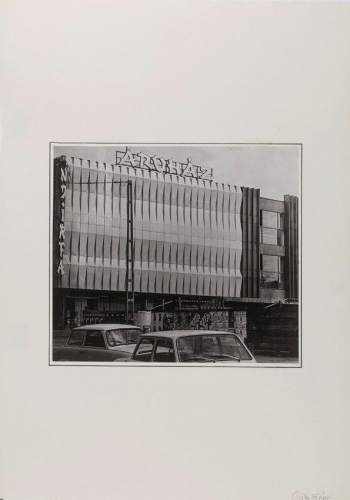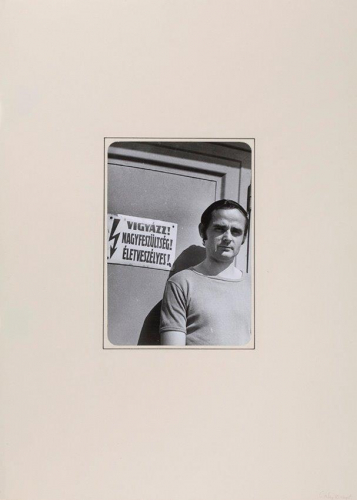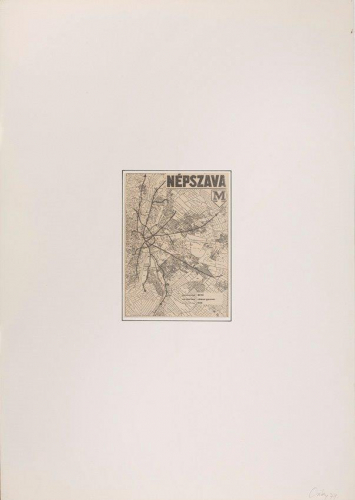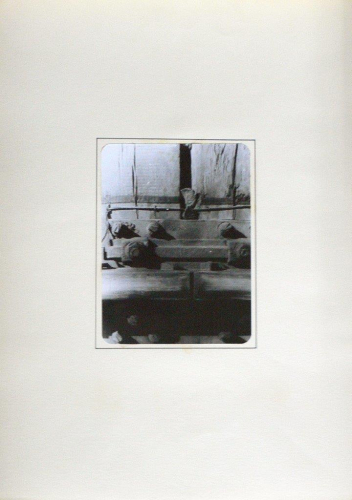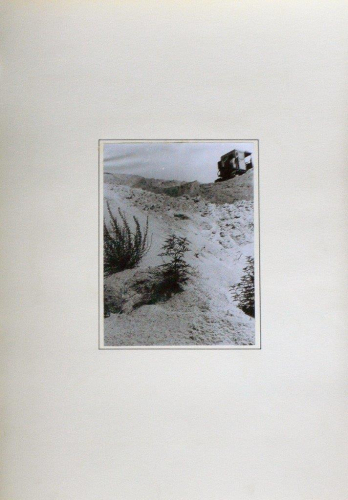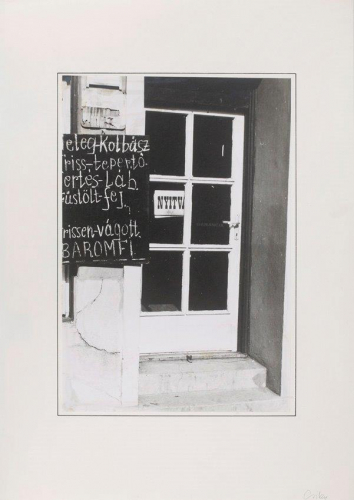Tibor Csiky’s oeuvre is one of the greatest achievements of the Hungarian neo-avant-garde sculpture of the 1960s and ’70s, and his photo works are frequently referenced pieces of the conceptual art of the era. These artworks do not merely reflect the sculptor’s way of thinking or his structuralist, analytical viewpoint, but are also specific documents of the era, depicting the contemporary reality of the ’70s through its highlighted elements. In the summer of 1973, Csiky created his black-and-white photographic series Structures of Objective Reality (originally titled Hárosi Structures). The theme of the series is the artistic study of a road segment of approx. 5-600 metres, „from the Háros street bus stop of line nr. 3 to the workers’ hostel of Háros Steel Sheets Factory via two railway barriers”. Landscape structures (suburban spaces with rails and machines) and object structures (tin cans, fenders, road signs and screws) appear on his photographs in the manner of the “New Objective” photographs of the twenties and thirties.
Based on László Százados’s text
